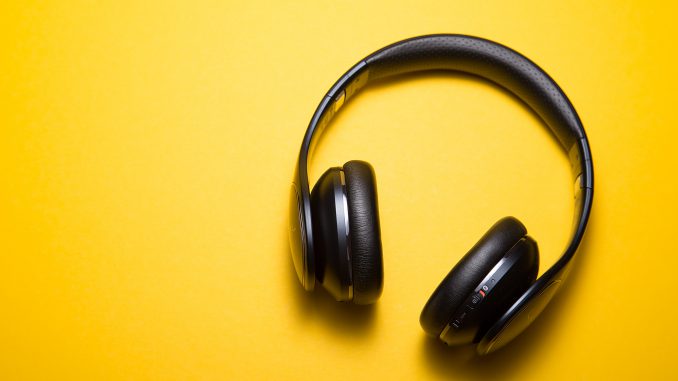

It’s a feeling that every composer experiences at some point: you’ve got a new piece to write and you just can’t quite get going with it. Or you’ve got a piece to finish, but you’re stuck somewhere in the middle and nothing you add quite makes any sense.
That’s the moment that you often need to turn away from the computer screen – or the piano, or the manuscript paper – and look elsewhere for inspiration. And where better than music by other composers?
So whether you’re currently stuck in a compositional rut or just looking for some new music to listen to, here are five suggestions for contemporary music to get your creative juices flowing again. They’ve been chosen by Ed Nesbit, one of our lecturers in composition at King’s, who has also suggested musical features and techniques you might listen out for which you could use in your own compositions. And of course if you’d like to try some of Ed’s own music, you’ll find links to recordings here.
1. Hans Abrahamsen – ‘Let me tell you how it was’ from Let me tell you (2013)
This movement starts off in the very high register of the orchestra and gradually introduces lower pitches. Think about how the mood of the music develops as a result of this change.
2. Thomas Adès– ‘O Albion’ from Arcadiana (1994)
This movement is inspired by ‘Nimrod’ from Elgar’s Enigma Variations. But what sounds similar to the Elgar – and what is different?
3. George Benjamin – ‘Interruptions’ from Piano Figures (2004)
This piece contains a huge number of ideas for such a short movement. You might like to ponder how what comes before and after a musical idea affects how we experience it.
4. Peter Maxwell Davies – Eight Songs for a Mad King (1969)
This is a music-theatre work for a male voice and ensemble. Think about how the music supports and interacts with the drama here. What aspects of the piece would and wouldn’t work if there were no acting involved?
5. Judith Weir – Act 1 of King Harald’s Saga (1979)
This is part of a very short opera written for a single singer. Consider how Weir employs different styles of vocal writing to bring to life the different characters in the story, despite the fact that they’re all performed by one singer.
Happy listening – and composing! And if you’re still looking for more ideas after all of this, you’ll find plenty of interviews, recordings and other materials connected to contemporary music and composers here.
Read More:
You can find more information on King’s Music Department and degrees here.
To read about keeping up your instrument while studying at King’s, you can read Rita’s post.

Leave a Reply